Carbon neutral clouds
A digital revolution is dawning
7 min read
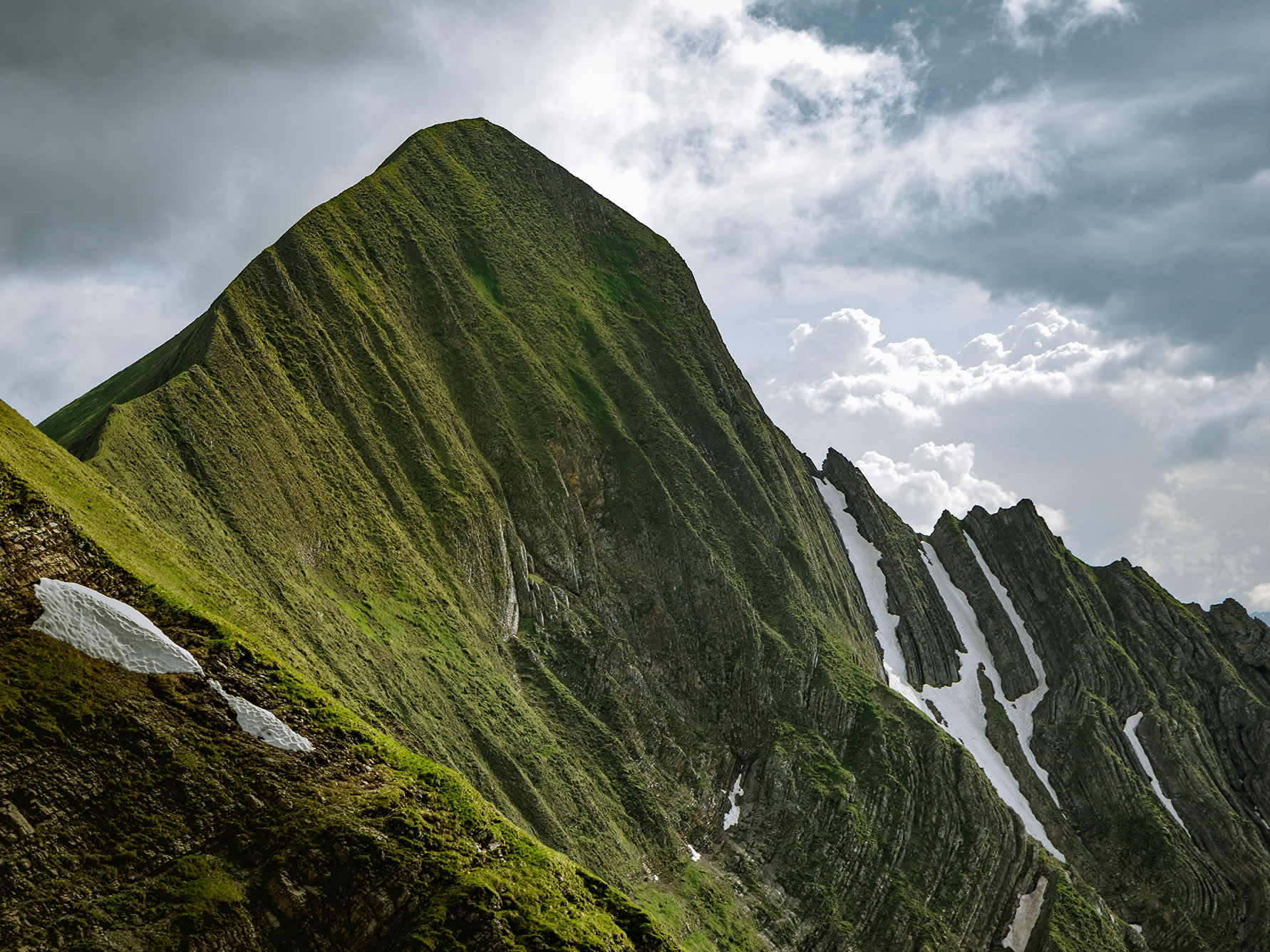
The shift to digital has generally been heralded as the most sustainable way of conducting business. But when you consider two per cent of global carbon emissions come from Information and Communications Technology (ICT) – with that figure set to rise to 14 per cent by 2040 – it brings into question the long-held assumption that digital has greener credentials.
In the past few years, as data did, sustainability has exploded into our consciousness. CEOs worldwide are being duly challenged to make seismic changes to their organisations to protect and profit the environment. It’s time for them to evaluate the carbon footprint of their online properties with the same diligence as they do the environmental impact of their physical workspaces, business practices and supply chains.
While the concept of digital sustainability is not new, it’s only just entering our consciousness on a macro level. Multinational companies like Amazon, Microsoft and Google have long sought to reduce carbon emissions and become more energy efficient. Still, the recent announcement that Tesla would not accept Bitcoin as a payment method due to the negative impact mining cryptocurrencies has on climate change highlights that companies aren’t only thinking about reducing carbon emissions from within their operations but reducing the carbon emissions created by the services they provide.
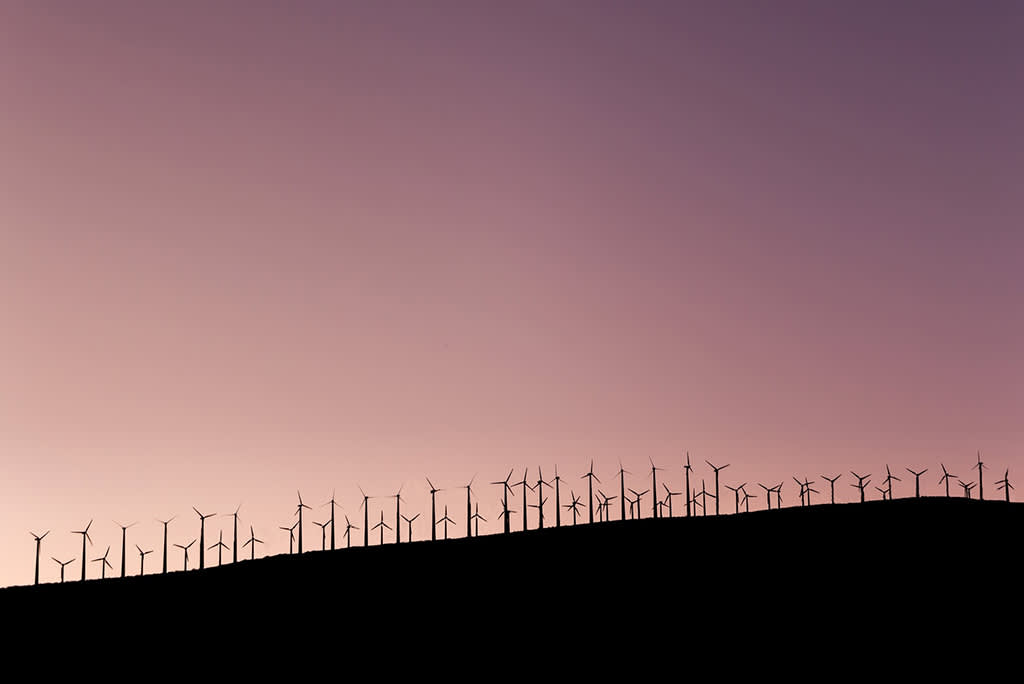
Data dependency
At the height of the digital revolution in the late noughties, new smart devices began to dominate. It was a phenomenon triggered by the world adapting to the explosion of data with everything from email, banking, news, shopping and even taxis, all immediately available on demand. This shift resulted in a need for digital transformation across every industry and signalled the beginning of the digital era.
It is estimated that 571 new websites are created every minute, and it’s predicted that one billion more people from developing countries will have access to the internet by 2026. The necessity to accommodate remote working due to the COVID-19 pandemic and the ever-expanding gaming and metaverse landscape has continued to accelerate our reliance on digital and the environmental implications of data usage.
“When we think about being more sustainable, we think about our actions in the physical world – eating less meat, buying second-hand clothing, saying no to single-use plastics and switching to electric cars - but we don’t realise that all of our digital habits impact the environment too, says AKQA User Experience Designer Kyoko Locussol. “With the internet, we have access to this cool service, but we’ve never been educated on how to use it properly, and because we have so much storage space and high-speed internet access, we don’t need to deal with our digital hoarding habits.”
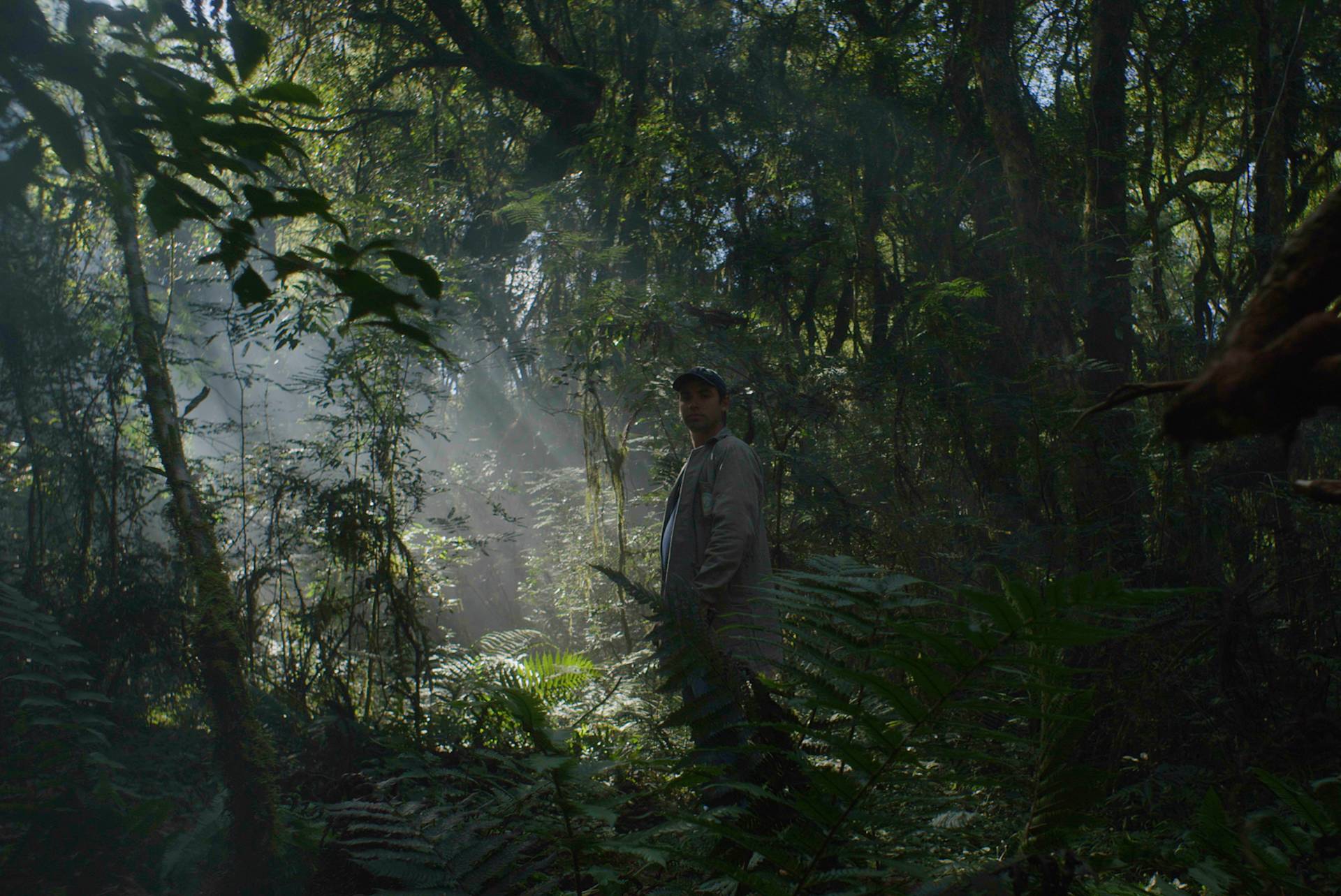
The digital purge
There is a general assumption that digital sustainability is solely about the internet’s carbon emissions and an onus on decreasing our overall digital footprint. While it is in the interest of the planet and its population that every organisation commits to reducing its digital footprint, the premise around digital sustainability highlights the need to ask even bigger-picture questions about what we are all contributing to society and what tools we require to satisfy our needs and wants in today’s world.
Take fast fashion, where 84 per cent of clothing ends up in landfills or incinerators; it is clear that we need to change how we see fashion, not as waste but as a resource. At the H&M store in Stockholm, visitors can remake an old item of clothing with Looop, the brand’s ground-breaking garment-to-garment recycling system. Shoppers can choose one of eight new designs and watch as the Looop machine remakes their old clothing into something new, without the use of water or chemicals.
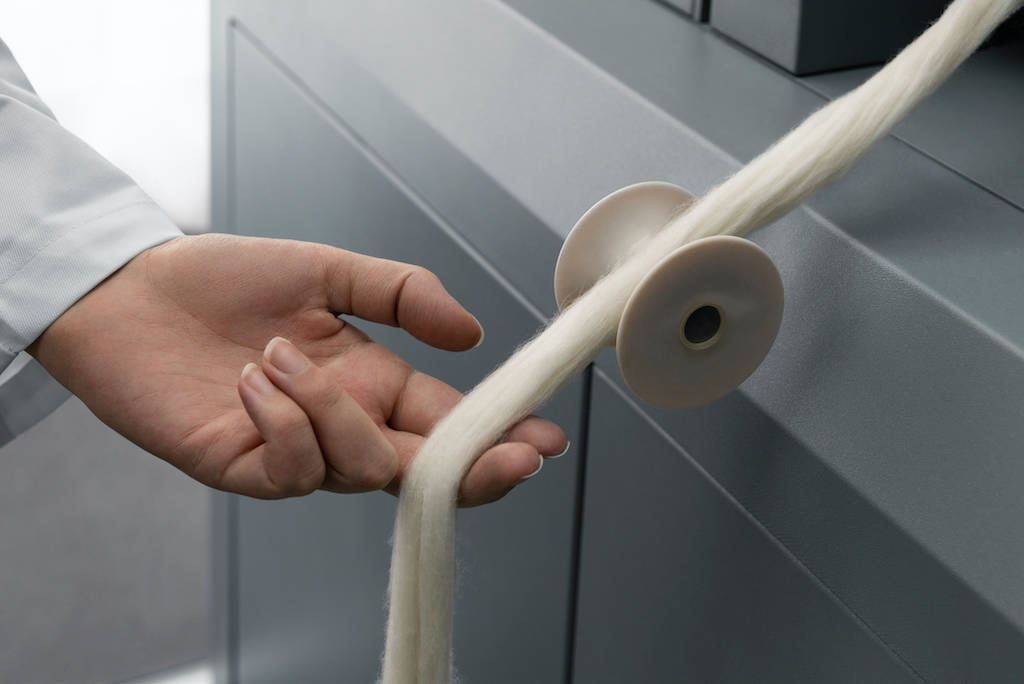
A momentum shift
Around the world innovators, disrupters and game changers are making in-roads to prototype a brighter future. AKQA took the original composition of Vivaldi’s The Four Seasons, an innovation in storytelling and portrayal of humanity’s relationship with nature in the pre-industrial era, and reinterpreted the revolutionary piece using the latest climate data for the year 2050 provided by Intergovernmental Panel on Climate Change.
The compositions transpose knowledge into feeling, evoking a new sense of what a climate-changed planet ravaged by increasing global temperatures would mean for humanity. Localised versions of The [Uncertain] Four Seasons have been released for every orchestra in the world, to raise awareness for how diverse the impacts on the planet will be if no concerted effort to restrict greenhouse gas emissions takes place: from longer, drier droughts and more intense rainy seasons, to the complete disappearance of the landscape itself.
Inspired by artist Olafur Eliasson, the Earth Speakr augmented reality artwork gives a voice to children and the planet, inviting global leaders and decision makers to listen. Since its launch, children from more than 70 countries have spoken up on behalf of the planet, sharing their concerns and ideas for solutions, and the Museum of the United Nations is now adopting Earth Speakr so kids can continue to engage in shaping the future.
The permutations of climate change are very real, and organisations are now alert to this. Locussol believes the same will be true of embracing digital sustainability, too: “Once you know the facts, you feel compelled to do something about it.” Sustainable web design is an important element and considers the environmental impact of the experiences we are creating.
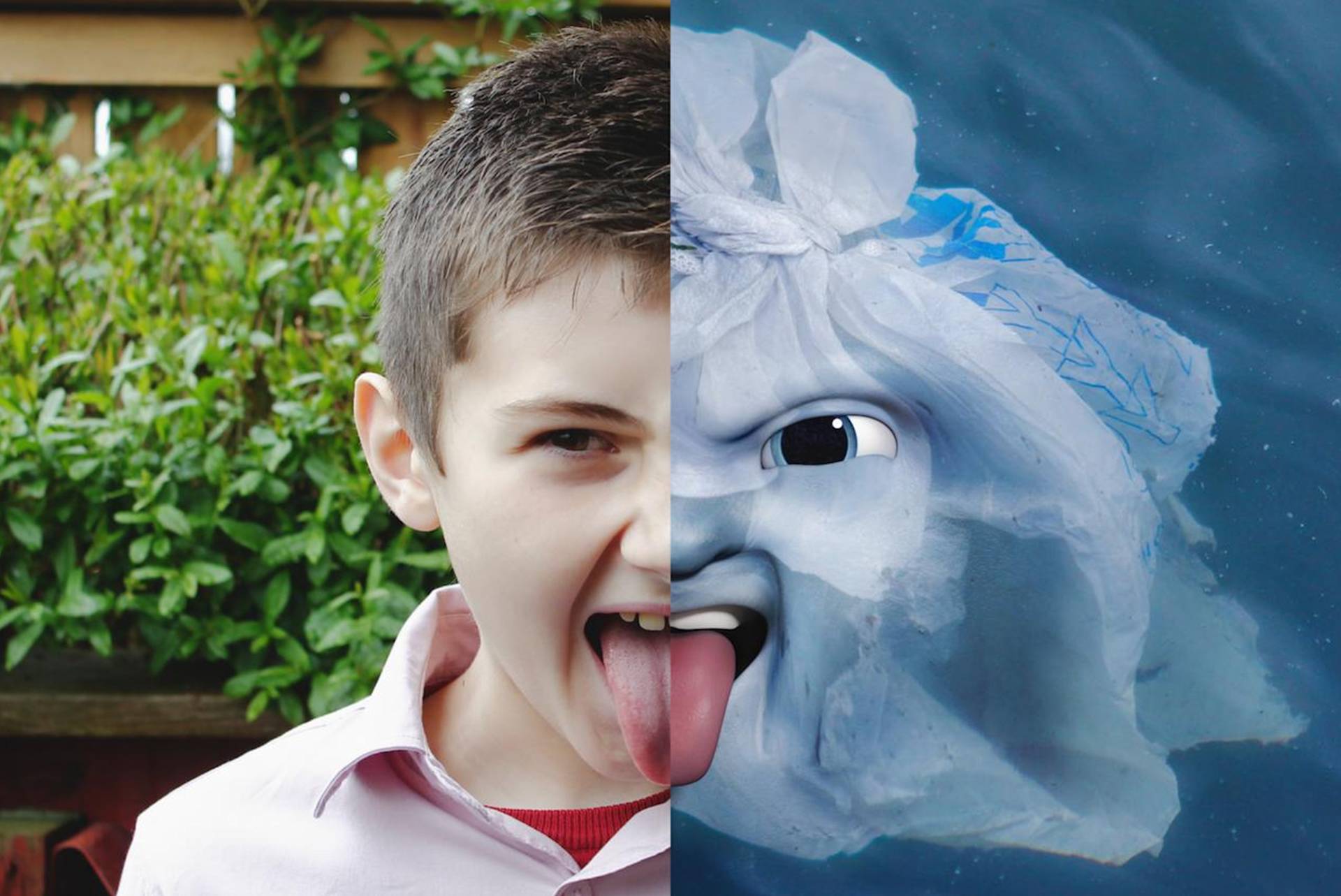
Lite browsing
Using a hosting company powered by renewable energy or applying strategies to offset CO2 emissions is a simple switch for the backend. Taking a serverless approach like AKQA.com that computes on demand reduces the need to have servers constantly working. By using Amazon AWS to host AKQA.com, the website is served in a geographical location closest to the user and by doing so, only 0.49g* of CO2 is produced every time someone visits a web page on AKQA.com. Across a year, it produces 58.96kg of CO2 equivalent. So far, AWS has created 53 wind and solar farms across the US and UK with a commitment to be Net Zero by 2025.
Optimising design solutions for everything from video and images to fonts and colour palettes is also key. By reducing the size of an entire suite of images on a web page, you can cut up to 75 per cent of image weight without losing quality. Making this even more accessible is the next generation file format WebP that automatically reduces the size of a particular image by 30 per cent, compared to a JPEG or PNG. CNN has recreated a low-bandwidth version of its international news website, CNN Lite, further proving that change is happening. With no images and just a simple interface listing only a series of links to CNN’s current top headlines and an option to ‘Listen’ to each article in audio format.
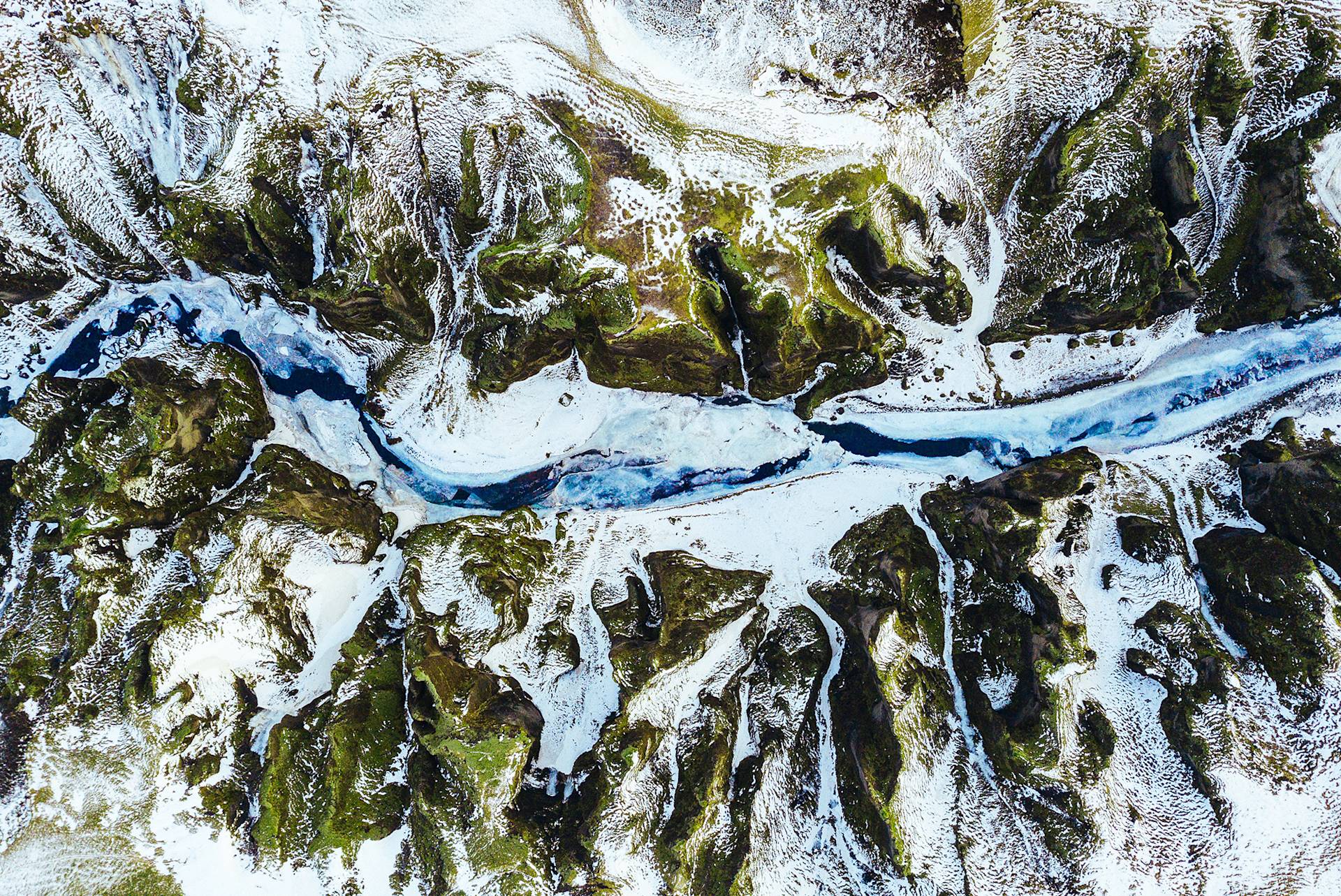
The time is now
As an industry, we must ensure that we are generating successful outcomes for clients and, critically, that those outcomes are not having an unintentional negative impact on our planet. To do this we need to better understand the relationship between technology and sustainability. Now is the time to listen to experts like Gerry McGovern, who wrote World Wide Waste: How Digital Is Killing Our Planet And What We Can Do About It. He captures the issues, like the 1.6 billion trees required to offset the pollution caused by global email spam and the 90 per cent of data collected and never used that still has a footprint that costs the earth. Such statistics act as a rallying call to every one of us – from global organisations right down to the individual. When we put the planet first, then as history dictates, progress will manifest itself at a remarkable rate. We already have the tools, now it’s up to us to use them efficiently and effectively.
With special thanks to Kyoko Locussol, Jodi Willocks, Matt Townsend, Gabriele Corazza, Laura Minton and Gemma Redgrave.
*This figure was the measurement of the akqa.com homepage at the time of writing but the weight of our homepage changes each time we revise its design configuration.
All opinions expressed throughout this article are the author’s own and do not necessarily represent those of AKQA or its affiliates.